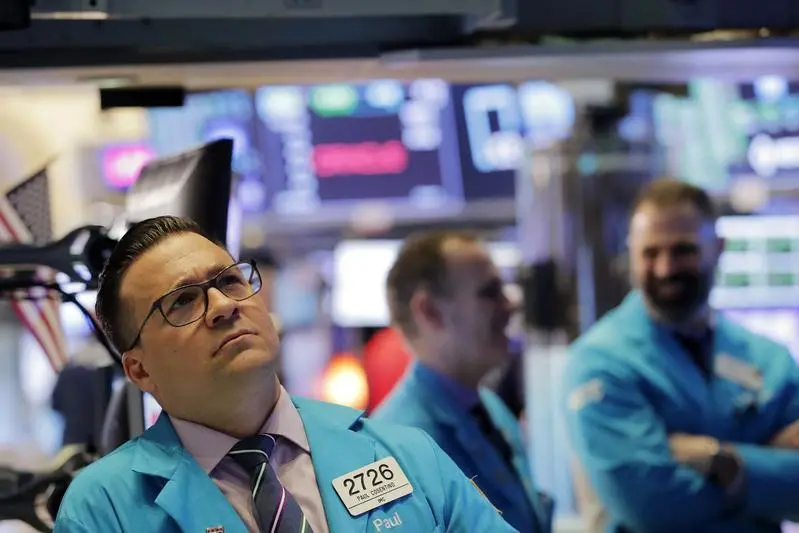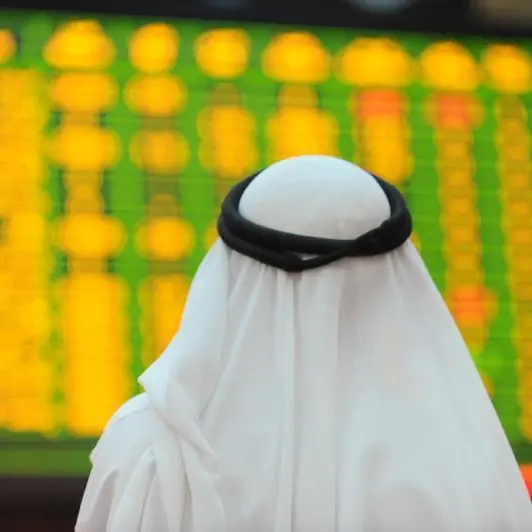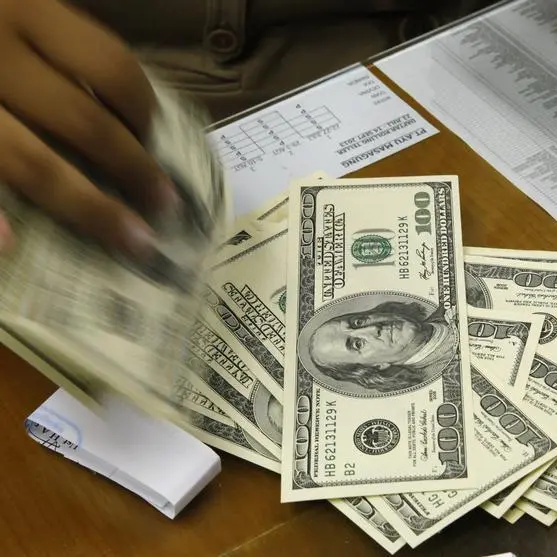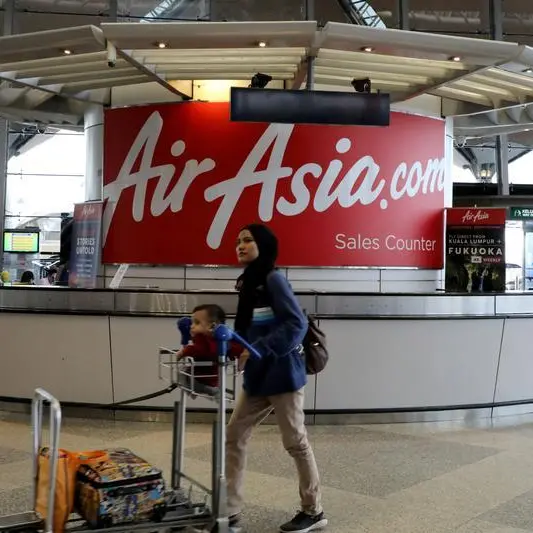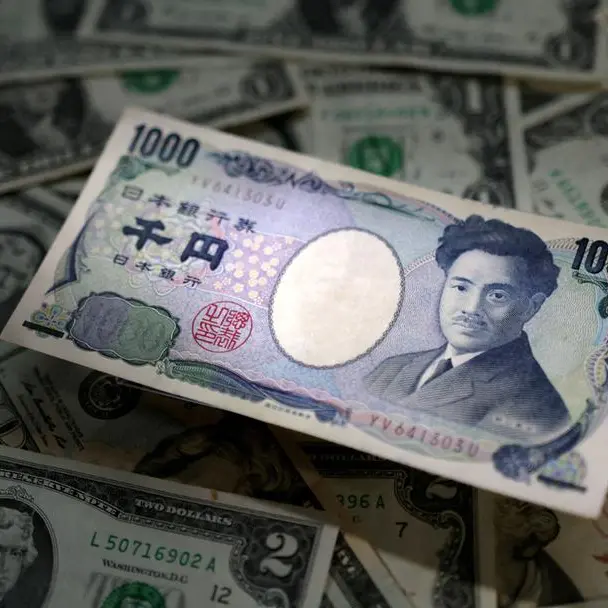PHOTO
NEW YORK - Stocks across the globe bounced back on Friday but hopes of more central bank stimulus and government spending went only so far and indexes were set to post large weekly drops after days of pandemic-related panic-selling across markets.
Volatility is seen remaining high, with sharp moves expected in both directions and across asset classes. The S&P 500 rose as much as 6.1% intraday on Friday and was last up 3.2%.
Stocks reacted to reports that U.S. President Donald Trump will declare a national emergency over the fast-spreading coronavirus, opening the door to more federal aid. Two weeks ago he had called the now-pandemic a "hoax" meant to damage his presidency.
Wall Street led stocks higher to close the week, on bets that coordinated monetary and fiscal stimulus in response to the coronavirus pandemic could help soften the expected blow to the global economy.
"There is a lot going on in the market right now and we need the backing of the government more than we already have," said Gene Goldman, chief investment officer at Cetera Investment Management in California.
The Dow Jones Industrial Average rose 745.37 points, or 3.52%, to 21,945.99, the S&P 500 gained 80.05 points, or 3.23%, to 2,560.69 and the Nasdaq Composite added 210.99 points, or 2.93%, to 7,412.79.
On Thursday, the Dow dropped 10%. The indexes were still more than 25% below their record highs hit mid-February.
The pan-European STOXX 600 index rose 1.43% and MSCI's gauge of stocks across the globe gained 1.72% after falling by the largest percentage on record on Thursday.
Earlier, Japan's Nikkei fell 10% before paring losses to close 6% lower. Australia's S&P/ASX200 had its wildest trading day on record, falling past 8% before surging in the last minutes of trade to settle 4.4% higher at the close.
Nikkei futures rose 3.53%.
U.S. Treasury yields rose as liquidity remained scarce even after the New York Federal Reserve's action to make a massive amount of cash available.
Benchmark 10-year notes last fell 25/32 in price to yield 0.9313%, from 0.852% late on Thursday.
Justin Hoogendoorn, head of fixed income strategy and analytics at Piper Sandler in Chicago, said there were "very little bids" in the market.
"It really does scream volatility, scream that there's a lack of liquidity in the marketplace," he said.
Italy, where the COVID-19 death toll shot past 1,000 people, saw its borrowing costs spike by about 73 basis points this week - the most for any week since 1994.
Bond yields rose across the euro zone as investors' expectations grew for fiscal stimulus in the region to combat the coronavirus pandemic.
Oil prices were set for their biggest weekly slide since the 2008 financial crisis despite Friday's gains, as the coronavirus outbreak threatened demand and crude producers promised more supply.
U.S. crude rose 1.52% to $31.98 per barrel and Brent was last at $34.18, up 2.89% on the day.
The dollar extender its previous session's Dollar buying overnight, but the yen felt the pressure of risk-on trading.
Market participants said signs of dollar funding stress persist and policymakers probably need to do even more.
"Underlying concerns regarding the economic fallout from the coronavirus on credit markets broadly remain," said Shaun Osborne, chief FX strategist at Scotiabank in Toronto.
"It may be tempting to look for signs of a low in global stocks but with the underlying issue - the coronavirus - still unchecked, we think that is premature at this point," he added.
The dollar index rose 1.217%, with the euro down 0.9% to $1.1082.
The Japanese yen weakened 3.05% versus the greenback at 107.94 per dollar, while sterling GBP= was last trading at $1.2296, down 2.19% on the day.
(Reporting by Rodrigo Campos; additional reporting by Sanjana Shivdas in Bengaluru, Gertrude Chavez-Dreyfuss in New York, Karen Pierog in Chicago, Ron Bousso in London; Editing by Steve Orlofsky and Nick Zieminski) ((rodrigo.campos@reuters.com; @rodrigocampos; +1.646.223.6344; Reuters Messaging: rodrigo.campos.thomsonreuters.com@reuters.net))
